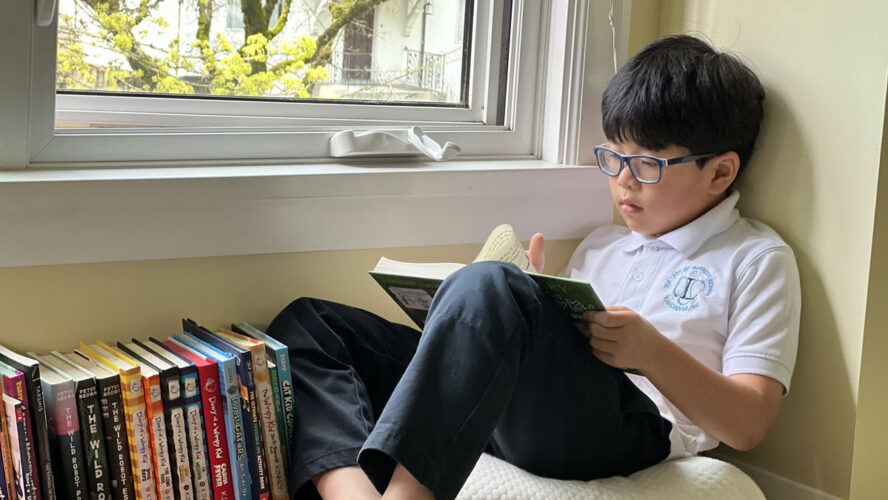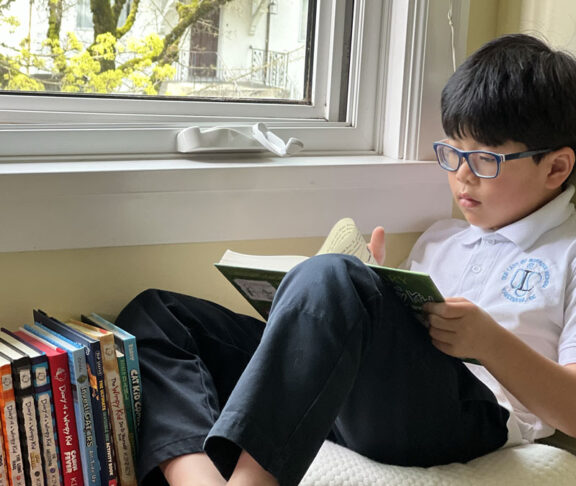
With a rise in nearsightedness in children, make a yearly comprehensive eye exam part of your child’s back to school routine.
As kids head back to school, vision can play a key role in how they learn and participate in class. A common condition on the rise is myopia, or nearsightedness. It can be hard to notice at first because children with myopia often read up close without any trouble.
Left unchecked, it can quietly affect their ability to read the board, follow lessons, and keep up with classmates. That’s why regular eye exams are so important, they help catch potential problems early before they start impacting learning and development.
When was your child’s last eye exam?
The Canadian Association of Optometry recommends that school-aged children receive a comprehensive eye exam every year until they turn 19. Yet, according to a recent Specsavers Canada survey conducted by Angus Reid, 45% of Canadian children in this age group are not receiving annual eye exams as recommended.
This is especially concerning as myopia continues to rise among children and has the potential to become the most common cause of irreversible visual impairment and vision loss worldwide.
Spot vision issues early with regular eye exams
“Myopia is a progressive condition and so a simple step you can take to stay ahead of your child’s eye health is booking that annual eye exam,” says Naomi Barber, Clinical Services Director at Specsavers. “If myopia is discovered the good news is there are proven ways to help slow its progression. Children can receive ongoing care from an optometrist and may be offered management options. These options are simple and effective, things like glasses and contact lenses specific for their needs, and are shown to be effective in protecting their vision and long-term eye health.”
It wasn’t until we visited our local Specsavers to get him a pair of glasses that we learned about myopia management. They’ve guided us through every stage and their support has made a real difference in managing Otis’ vision.
Why a visit to Specsavers made all the difference
For Debbie Virdi of Vancouver, BC, discovering Specsavers has been a gamechanger for her eight-year-old son, Otis. “When he was first diagnosed with myopia his vision began to worsen steadily, I had no idea that corrective vision aids beyond glasses were an option,” says Virdi. “It wasn’t until we visited our local Specsavers to get him a pair of glasses that we learned about myopia management. They’ve guided us through every stage and their support has made a real difference in managing Otis’ vision,” she says.
With his vision no longer a struggle, Otis enjoys an active life, while his mother has peace of mind knowing the progression of her son’s myopia has slowed down. “One thing I’ve learned from this experience is how important it is to have your child’s eyes checked early and regularly,” she says.
Specsavers locations offer comprehensive eye exams by independent optometrists, including Optical Coherence Tomography (OCT), a 3D advanced eye health scan that examines the back of the eye. The scan can help your optometrist better assess the health of your child’s eyes and detect other causes that may be contributing to visual impairment.
Curious about myopia and how to protect your child’s vision? Visit specsavers.ca/myopia to learn more and to book an eye exam.




